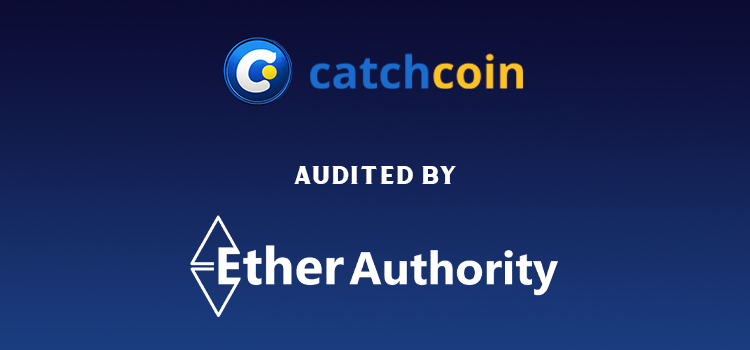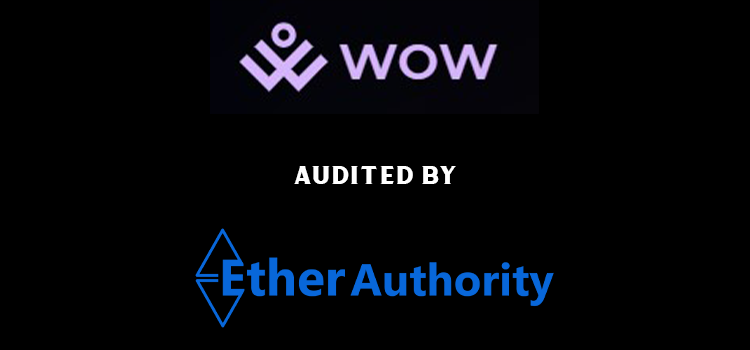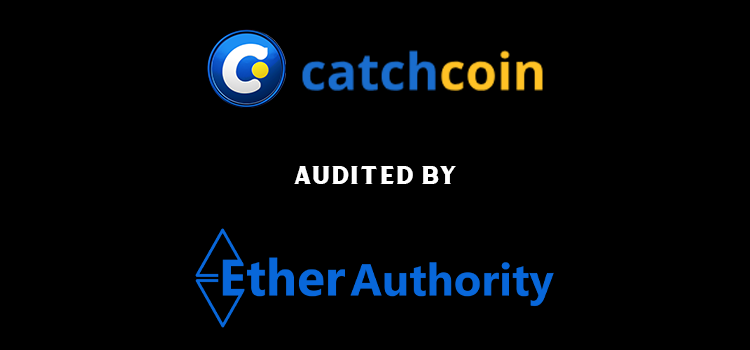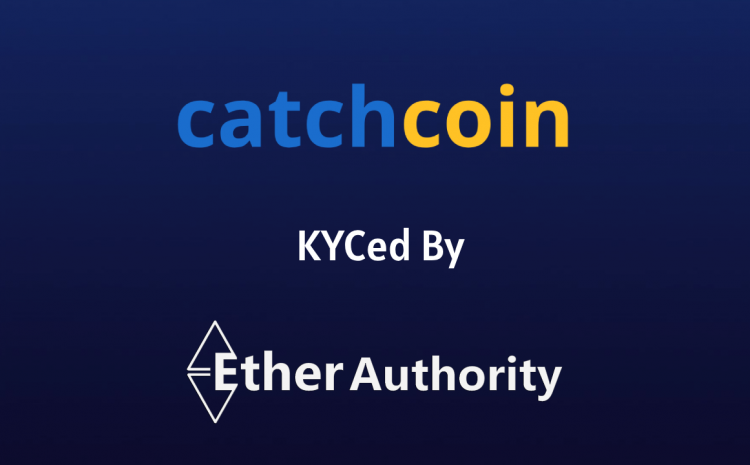
Project Background
- The Solidity contract for “CATCHCOIN” implements the ERC20 standard.Here’s a breakdown of its key features and functionalities:
- ERC20 Implementation: The contract implements the ERC20 interface with standard functions such as totalSupply, balanceOf, transfer, allowance, approve, and transferFrom.
- Ownable: The contract includes an Ownable implementation, allowing the owner to perform certain privileged actions such as transferring ownership and renouncing ownership.
- Uniswap Integration: The contract integrates with Uniswap V2 by defining interfaces for the Uniswap V2 Factory and Router contracts. It provides functions for creating a pair, adding liquidity, and swapping tokens.
- Fee Mechanism: The contract includes a fee mechanism where fees are charged on transfers. There are different types of fees such as reflection fee, liquidity fee, coin operation fee, and burn fee. The fees are calculated based on the transferred amount.
- Exclusion Mechanism: The contract allows certain addresses to be excluded from fees or from reflection rewards.
- Trading Restrictions: There are conditions set for trading, such as enabling trading only after a certain time and enabling trading only for certain addresses.
- Automatic Liquidity: The contract automatically adds liquidity to the Uniswap pool on each transaction if certain conditions are met.
- Reflection: The contract implements a reflection mechanism where holders receive rewards based on the amount of tokens they hold.
- Airdrop Functionality: There’s a function to perform airdrops to multiple addresses.
- Modifiers and Events: Modifiers like onlyOwner and lockTheSwap are used to restrict access to certain functions. Events are emitted for important contract actions.
- Overall, this contract facilitates token transfers, fees collection, liquidity provision, and rewards distribution while integrating with the Uniswap decentralized exchange for liquidity management.
Website: catchcoin.com
Executive Audit Summary

- According to the standard audit assessment, Customer`s solidity smart contracts are “Secured”. Also, these contracts contain owner control, which does not make them fully decentralized.
- We used various tools like Slither, Solhint and Remix IDE. At the same time this finding is based on critical analysis of the manual audit.
- We found 0 critical, 0 high, 0 medium and 2 low and 1 very low level issues.
We confirm that 2 low and 1 very low-severity issues are acknowledged in the smart contract code.
Audit Report in PDF
Audit Report Flip book
Please wait while flipbook is loading. For more related info, FAQs and issues please refer to DearFlip WordPress Flipbook Plugin Help documentation.




